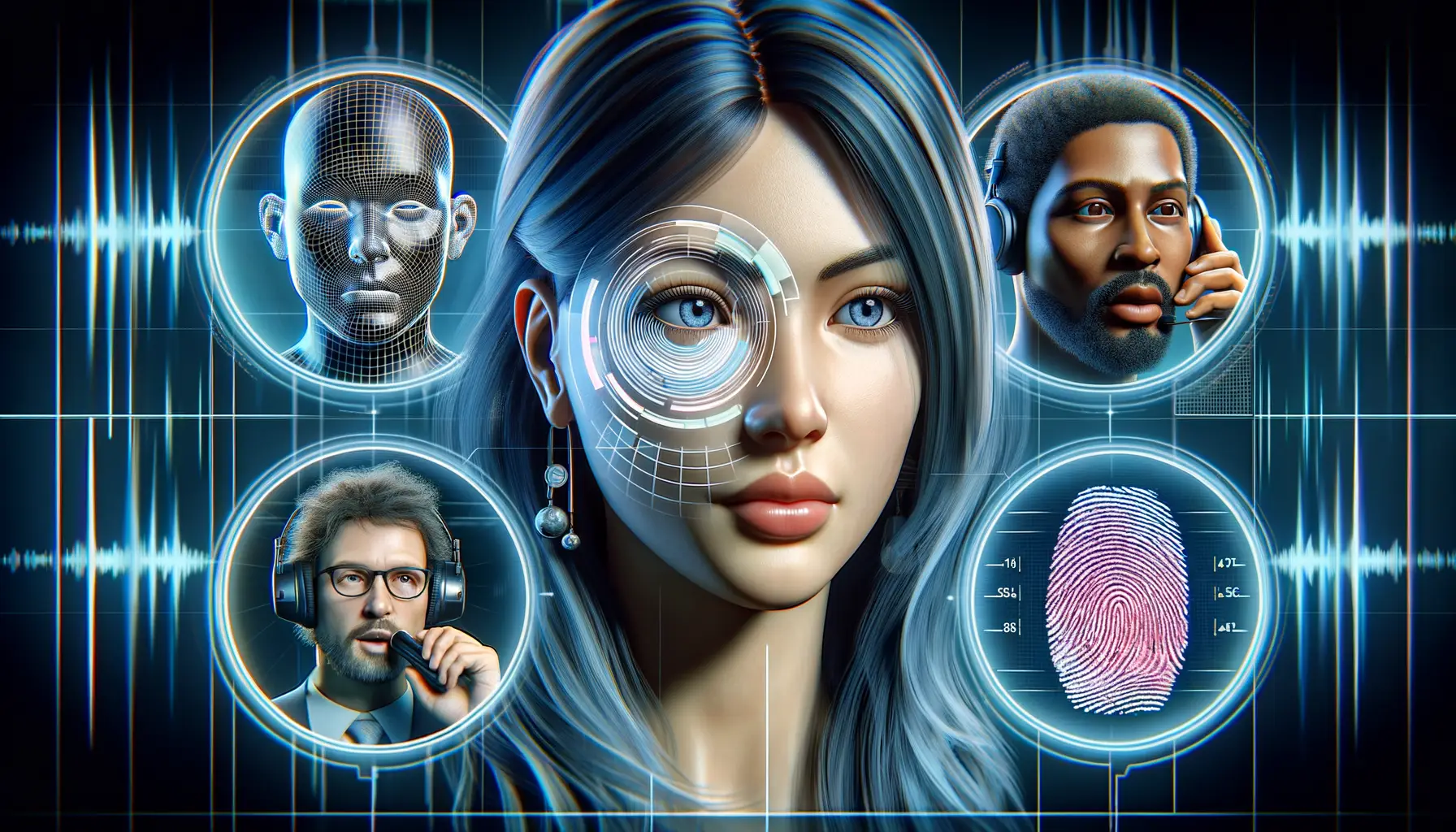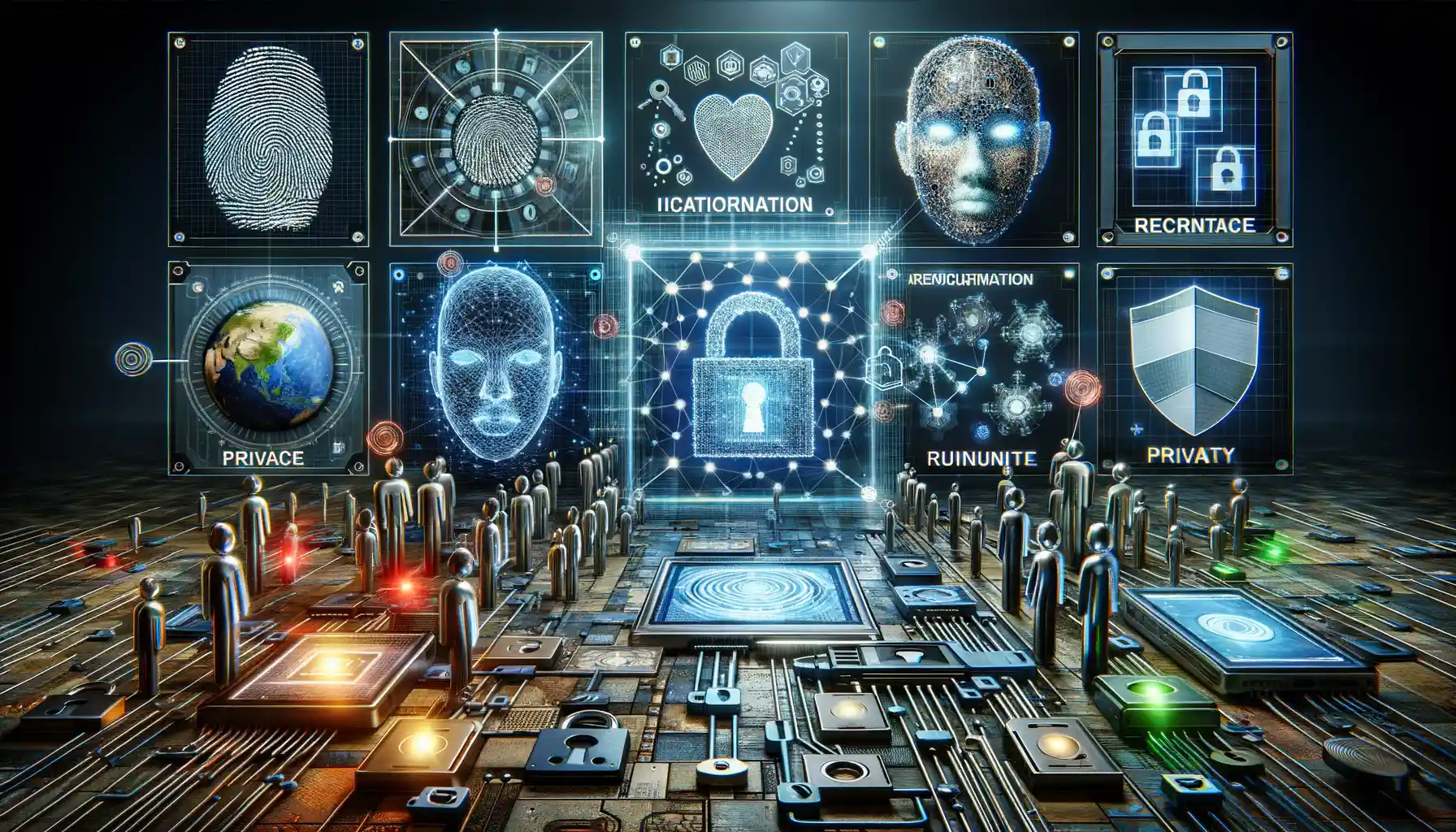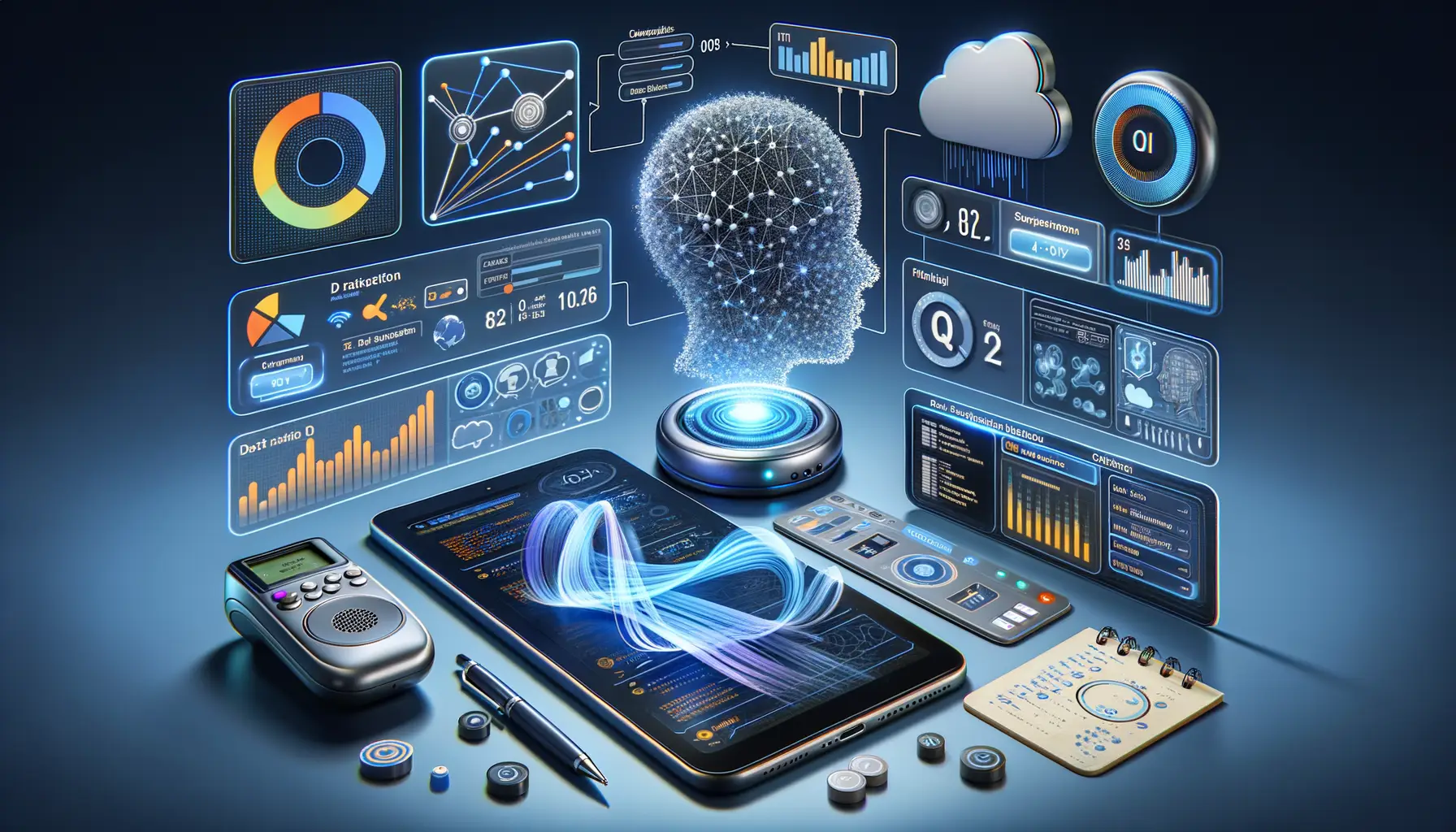Understanding Biometric Security in Education
What Makes Biometric Security a Game-Changer for Education?
Imagine unlocking the door to your virtual classroom with just a glance, a fingerprint, or even the melody of your voice. Sounds futuristic, right? Well, this isn’t sci-fi—it’s the magic of biometric security. In education, it’s transforming how we secure access to learning spaces, assess student presence, and protect sensitive data.
Think about this: traditional passwords can be weak links in educational tech. A student typing “12345” as their password might as well leave the door open! But biometrics? They’re as unique as each individual. A fingerprint doesn’t need to be remembered, a retina can’t be guessed, and your voice can’t be shared like a sticky note.
- Facial recognition: Seamlessly tracks attendance during virtual lessons.
- Voice authentication: Ensures only the right person can log into their learning dashboard.
- Fingerprint scanners: Adds an extra layer of security for device access.
Pretty amazing, isn’t it? Plus, these tools don’t just enhance security—they make the experience faster, smoother, and surprisingly human-centered. Goodbye, forgotten passwords!
How Does It Protect Students and Data?
Privacy matters, especially when it comes to young learners. With biometric technology, schools and universities can shield sensitive information like grades, assignments, and personal records from cyber threats. Imagine this level of security as a digital equivalent of a safe with multiple locks, where only your unique “key” works.
Picture this: you’re a teacher managing a virtual class of 30 students. No more frantic emails asking, “What’s the link again?” or dealing with unexpected strangers “crashing” your online sessions. Biometric systems ensure secure, seamless access for everyone enrolled—like a VIP pass to their own education. Now that’s high-tech learning with peace of mind!
Emerging Trends in Biometrics for Virtual Classrooms

Redefining Interaction with Cutting-Edge Biometric Tools
Imagine a virtual classroom where your presence isn’t just a name on a screen, but a dynamic connection driven by groundbreaking biometric technology. The way we once logged into online classes—passwords forgotten and usernames mistyped—is fast becoming an artifact of the past. Welcome to the era of face recognition log-ins, emotion tracking, and even devices that understand your focus better than you do.
Emerging biometric trends are pushing the boundaries of what’s possible. For instance, advanced voice authentication tools can not only verify a student but also detect emotional tones—are they confused, excited, or disengaged? Meanwhile, gaze-tracking systems monitor engagement, gently nudging educators toward understanding students’ true levels of attention.
- Biometric wearables: Sensors that track physiological reactions to stress during exams.
- Finger-vein scanning: Beyond fingerprints, this provides unparalleled security with no risk of forgery.
What’s most exhilarating is how these technologies cater to inclusivity. Systems now adapt for students with diverse needs, translating facial expressions or subtle cues into actionable insights. It’s more than innovation—it’s personal, it’s connected, and it’s changing education forever.
Benefits of Implementing Biometric Technology

Unlocking Personalized Security
Imagine a classroom where every student has a “key” that no one else can duplicate. That’s exactly what biometric technology offers—highly personalized, unhackable security measures that make passwords feel like ancient history. By using unique physical or behavioral traits like fingerprints, facial recognition, or even voice patterns, biometrics ensures that only the right person gains access to their virtual education space.
Think about it—no more forgotten passwords or cumbersome security questions. Instead, students can log in effortlessly with a smile, touch, or even just their voice. This not only enhances convenience but also dramatically reduces the risk of unauthorized access. Oh, and educators? You’re no longer stuck troubleshooting login issues during class time.
Efficiency Meets Peace of Mind
Here’s where things get exciting: biometric tech isn’t just secure—it’s fast and efficient. It eliminates the need for outdated verification systems, making life simpler for everyone involved. Some key benefits include:
- Seamless Authentication: Log in with just a glance or touch, minimizing delays.
- Heightened Security: Say goodbye to stolen credentials—your identity is your password.
- Data Accuracy: Track attendance or participation with unmatched precision.
Picture a virtual classroom that runs like clockwork—students feel safe, teachers stay focused, and everyone thrives in a secure, distraction-free environment. That’s the magic of biometrics.
Challenges and Concerns in Biometric Security

The Delicate Balance Between Convenience and Privacy
When it comes to integrating biometric security into virtual classrooms, the allure of seamless logins and foolproof identity checks is undeniable. But let’s pause for a moment—what happens when that convenience nudges uncomfortably close to compromising personal privacy? Imagine your fingerprint, voiceprint, or facial data stored somewhere in the digital ether. Who sees it? And more importantly, who *owns* it?
The truth is, while biometric tech feels futuristic, it walks a tightrope. If these systems are breached, the stakes are higher than just a password reset. You can change a password, but you can’t exactly swap out your fingerprints or voice.
Technical and Ethical Quagmires
Beyond privacy, there’s the nagging issue of how well this technology performs in diverse real-world scenarios. For instance:
- Does facial recognition struggle with certain skin tones?
- What about accents or speech differences in voice authentication?
- Is the hardware cost-effective enough for underfunded schools?
And let’s face it—ethical concerns loom large. How do we reassure students and parents that their sensitive biometrics won’t be misused? These aren’t just tech hiccups; they’re crossroads that could define whether we gain trust or lose it forever. It’s not paranoia if the risks are real.
Future Prospects and Innovations in Virtual Classroom Security

The Cutting-Edge Tech Changing the Game
Imagine a virtual classroom where security isn’t just about passwords and firewalls, but something intimately tied to who you are—your voice, your face, even the way you type. That’s the world we’re stepping into with biometric innovations. Developers are now exploring technologies like advanced facial recognition that can detect subtle emotional cues. Imagine software knowing if a student is distracted or struggling just by analyzing their expressions—talk about a teacher’s new best friend!
But wait, there’s more! The future isn’t just about recognition; it’s about predicting and preventing security breaches before they happen. Think predictive behavior algorithms, where anomalies in user patterns—like someone repeatedly logging in from different devices—trigger immediate action. It’s like having a digital watchdog on duty 24/7.
- Voice biometrics: A unique tonal signature for foolproof identity verification.
- Behavior analysis: From keystrokes to cursor movements, no fraudster can fake YOU.
Invisibility Meets Immovability
The coolest part? These systems are becoming nearly invisible. No clunky hardware or obtrusive scans—just seamless integration into the learning experience. Imagine logging into a lesson with a quick glance at your screen or even a simple wave of your hand. It’s as if the tech isn’t there… except it is, protecting everything near and dear at every moment.
Will this tech completely redefine trust in digital learning spaces? The answer seems to be shaping up as a resounding yes. The future feels closer than ever, doesn’t it?


